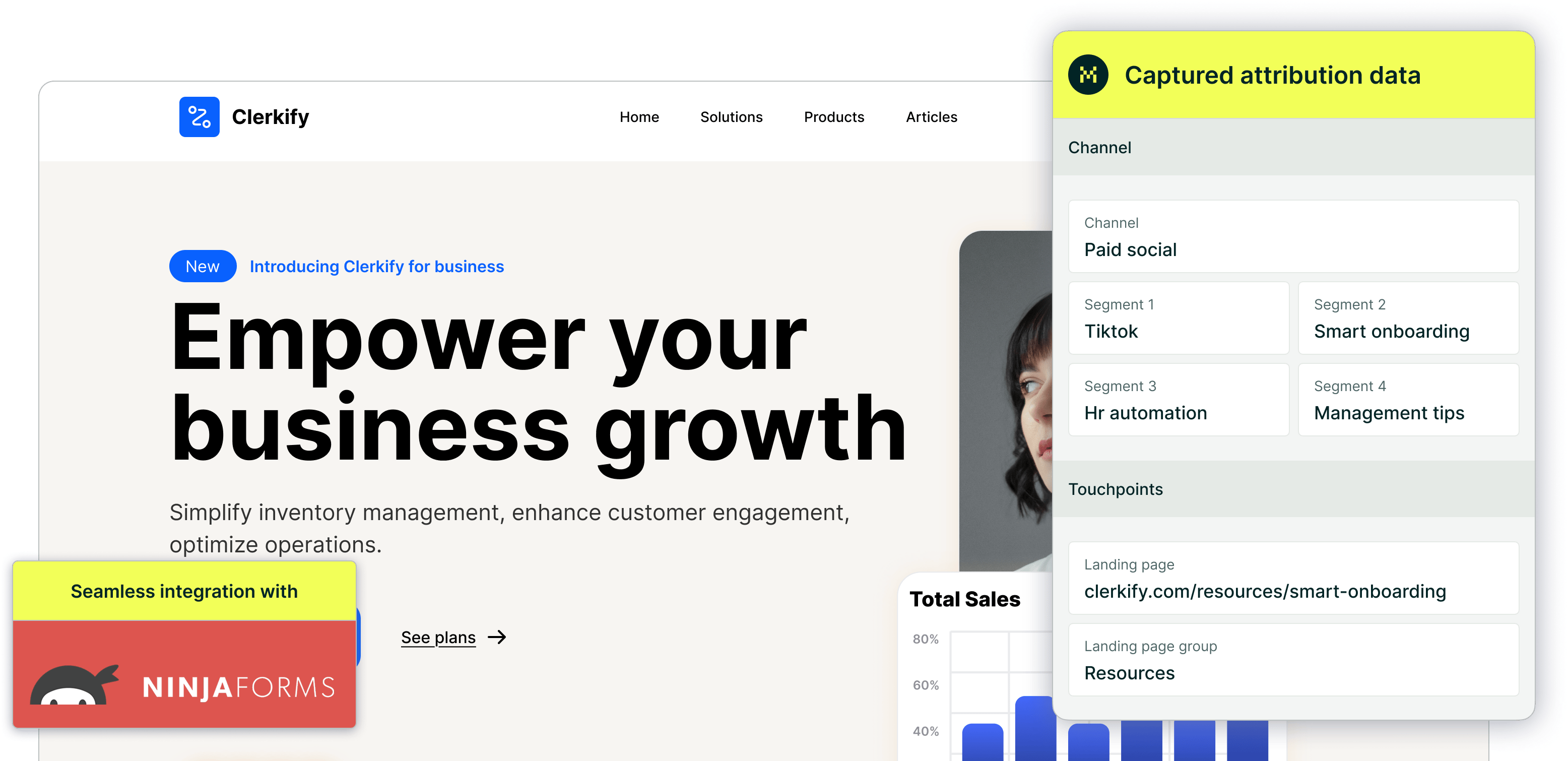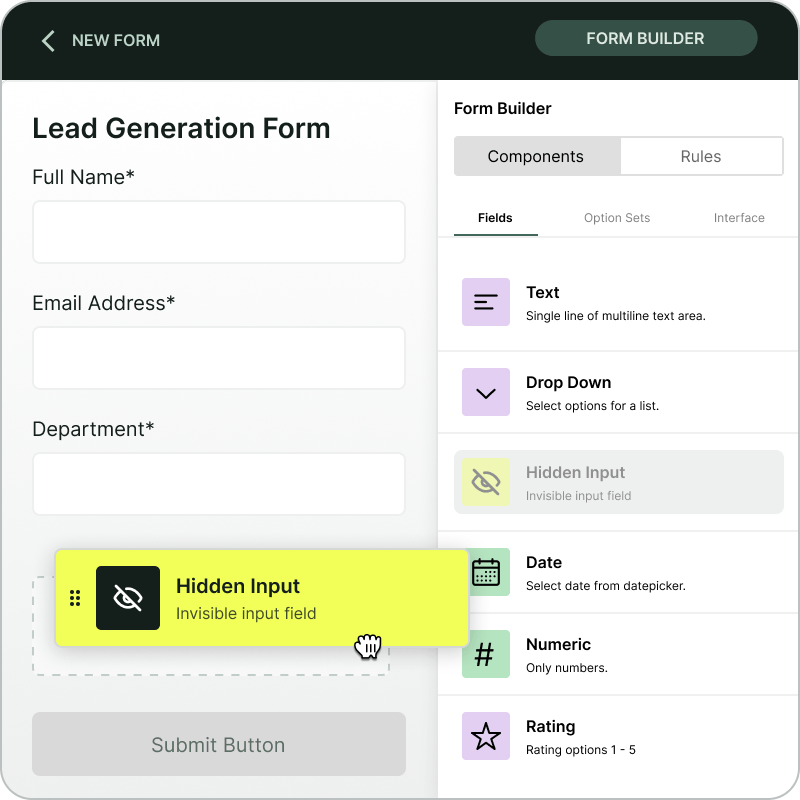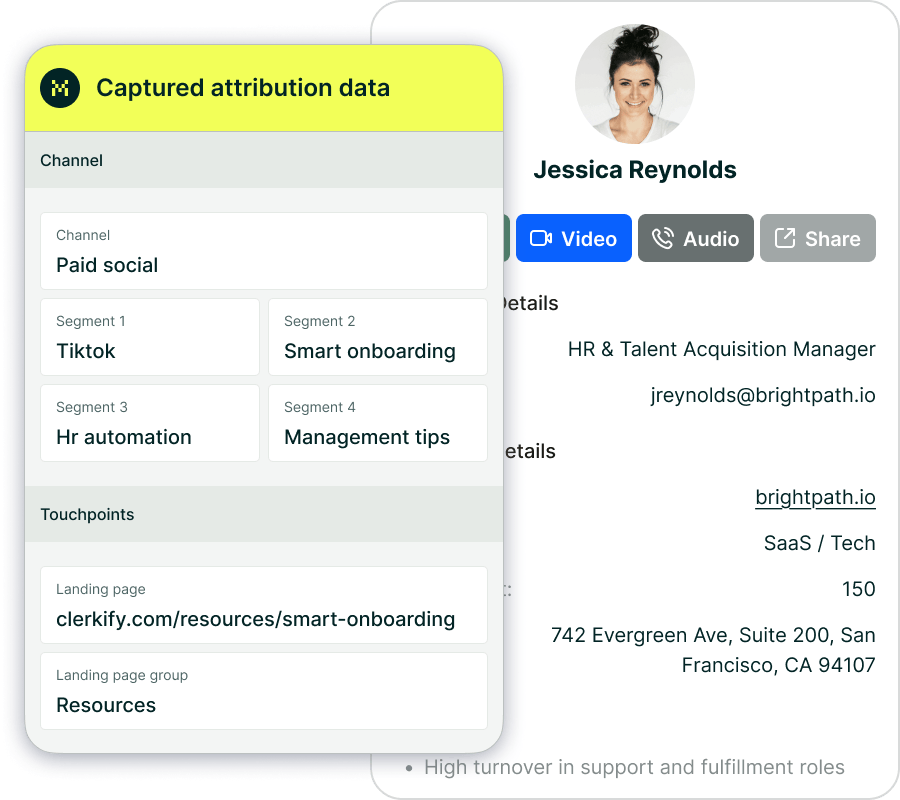Building a smarter growth engine: Why marketing attribution matters more than ever


Marketing attribution has always been one of those "important but complicated" ideas. It's not flashy. It's not trendy. But in a startup world obsessed with growth, it's the quiet engine behind the companies that scale efficiently—and the Achilles' heel of those that don't.
Attribution is about more than just tracking clicks or leads. Done right, it’s the blueprint for where to invest, what to scale, and how to turn marketing from a black box into a predictable growth engine. And today, it's not optional.
Let's break down why marketing attribution is crucial, how it transforms your growth potential, and why Madlitics is the missing piece for startups and lean teams aiming to scale smarter.
The quote still rings true: "Half the money I spend on marketing is wasted; the trouble is, I don't know which half."
Without clear attribution, you’re guessing which campaigns work. Worse, you’re probably doubling down on channels that look good but aren’t truly driving revenue. The result? Wasted spend, slower growth, and a dangerous lack of control over your marketing engine.
Campaign-level attribution across your key growth metrics isn't a "nice-to-have." It's the foundation for:
• Confidence in scaling: Knowing which campaigns, channels, and messages lead to revenue.
• Efficiency in lean teams: Empowering marketers to act faster with less guesswork.
• Predictability in growth: Turning "hope" into "know" when planning budgets and strategies.
Yet despite its importance, many startups and SaaS teams delay investing in attribution. They assume it's too complicated, too expensive, or unnecessary until they're "bigger." The truth? Deferring attribution is deferring sustainable growth.
Attribution has a bad reputation because it's been implemented badly. Legacy tools like Google Analytics created partial pictures. Martech stacks siloed data across platforms. GDPR, ATT, and cookie deprecation headlines made marketers skittish about investing further.
But here's the reality: Good attribution is achievable — and the challenges are solvable.
The biggest mistakes companies make include:
• Tracking traffic source but not campaigns: Missing the real levers of optimization.
• Attributing on vanity metrics, not revenue: Focusing on clicks, not customer value.
• Choosing the wrong model: Relying on first-touch or last-touch when multi-touch would reveal more.
• Overcomplicating setups: Layering too many tools without clear ownership or strategy.
Madlitics was designed to fix these gaps. By capturing campaign, source, and journey data at first touch — and sending it directly to your CRM, marketing automation, or data warehouse — Madlitics ensures you aren't just tracking something. You're tracking the right things.
Implementing real attribution isn't about "getting better reports." It's about building a growth engine you can actually control. Here’s what happens when you have clean, reliable attribution with a platform like Madlitics:
• Smarter spending: Cut wasted budget from underperforming channels and reinvest into proven winners.
• Clearer optimization: Pinpoint not just what channel works, but which campaigns, messages, and audiences drive results.
• Faster scaling: Confidently double down when you find positive unit economics.
• Better cross-team alignment: Sales, marketing, and leadership speak the same data-driven language.
When your team isn’t guessing, everything moves faster. Everything gets easier. Growth becomes a matter of focus and execution, not luck. And because Madlitics preserves attribution across sessions and devices, you get a complete view of the customer journey—even when buyers come back days or weeks later to convert.
The path to better attribution is simpler than it seems.
Step 1: Capture first-touch data correctly
Madlitics automatically captures UTM parameters, referring sources, and landing page data the moment a visitor arrives — even if they don't convert right away.
Step 2: Persist data across the customer journey
Unlike legacy tracking that loses attribution after a session, Madlitics stores data in first-party cookies, ensuring you know the true original source even if the buyer bounces, researches, and returns later.
Step 3: Pass attribution into your CRM and marketing tools
Madlitics maps attribution fields directly into your CRM records, marketing platforms, or spreadsheets. That means sales reps, revenue teams, and growth marketers can all see exactly where customers came from—without manual workarounds.
Step 4: Build around real attribution, not assumptions
Once you’re armed with complete journey data, you can:
• Analyze campaigns based on true revenue contribution.
• Optimize for high-LTV customers, not just low-cost leads.
• Test new channels with a clear view of performance.
• Layer in segmentation to uncover deeper insights (persona, company size, geography).
No more guessing which campaigns "probably" worked. You’ll know.

https://yoursite.com/?utm_source=linkedin&utm_medium=paidsocial&utm_campaign=q1_promo

In a world where every dollar matters, attribution isn’t just an analytics exercise — it’s an advantage.
The companies quietly dominating their categories aren’t just "good at growth." They’re good at knowing exactly what’s driving that growth — and scaling it with precision.
Marketing attribution done right is your map to sustainable, repeatable success.
Madlitics is your partner in making that map crystal clear. With lightweight installation, first-party data resilience, and direct CRM integration, Madlitics gives startups and lean growth teams the attribution clarity that used to be reserved for enterprise giants.
Ready to stop guessing and start growing smarter? Start with Madlitics today.



